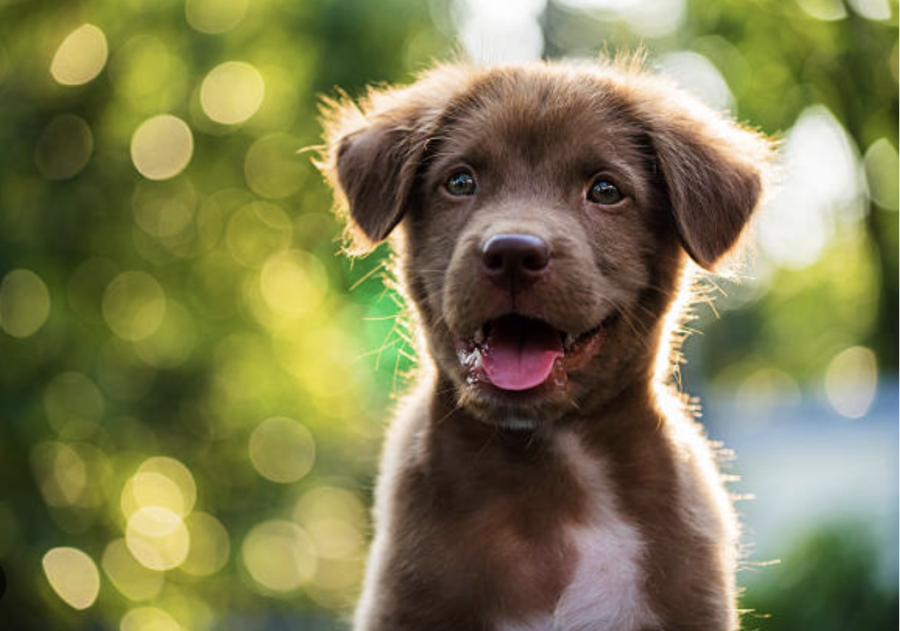Embarking on luring training with your canine companion is a dynamic and rewarding endeavor. As a seasoned K9 handler and devoted animal wrangler, I’ve found that lure-and-reward training is a remarkably effective technique for instilling new behaviors in dogs. However, the key lies not just in the initial success but in seamlessly transitioning from lures to hand signals and verbal cues. Here are ten essential tips for mastering the art of luring training.
1. Choose Irresistible Lures: Opt for delectable treats that your dog can’t resist. The lure should captivate their attention and serve as a powerful motivator.
2. Start with Simple Movements: Initiate the training with uncomplicated behaviors such as sitting or heeling. This lays the foundation for more complex commands down the line.
3. Gradual Fading of the Lure: Once your dog reliably follows the lure, begin to fade it. Continue the hand motions without the treat, ensuring your dog responds similarly. This prevents dependency on visible treats.
4. Subtle Hand Movements: As your dog becomes adept at following your empty hand, refine your gestures. Move from large, noticeable motions to smaller, subtler cues.
5. Introduce Verbal Cues: Add a verbal cue after your dog masters the behavior with hand signals alone. Say the cue, wait a moment, then give the hand signal. Reward promptly for correct execution.
6. Swift Lure Fading: Speed is crucial in fading the lure. Aim to transition from treats to an empty hand swiftly, reinforcing the idea that behavior leads to reward, regardless of visible treats.
7. Three-Step Lure Fading Technique: Implement a three-step process to fade the lure gradually: a. Lure with a treat and reward with the lure. b. Lure with a treat and reward with a treat from the other hand. c. Lure with an empty hand and reward with a treat from the other hand.
8. Scented Hand Technique: If your dog struggles with the transition, rub the fingers of your lure hand with a stinky dog treat. This imbues the hand with the scent of a reward, facilitating a smoother shift.
9. Diversify Lures: Explore non-food lures like rubber balls or toys that intrigue your dog. Vary the rewards to distinguish between the lure and the actual reward, fostering responsiveness.
10. Markers and Clickers: If utilizing a clicker or marker during training, phase it out once the behavior is mastered. Reinstate it if needed for fine-tuning, but overall, these tools are transient aids in the learning process.
In the world of K9 training, the journey from luring to reliable obedience is an art form. These tips, cultivated through years of hands-on experience, will guide you in mastering the intricacies of luring training with your four-legged partner.

